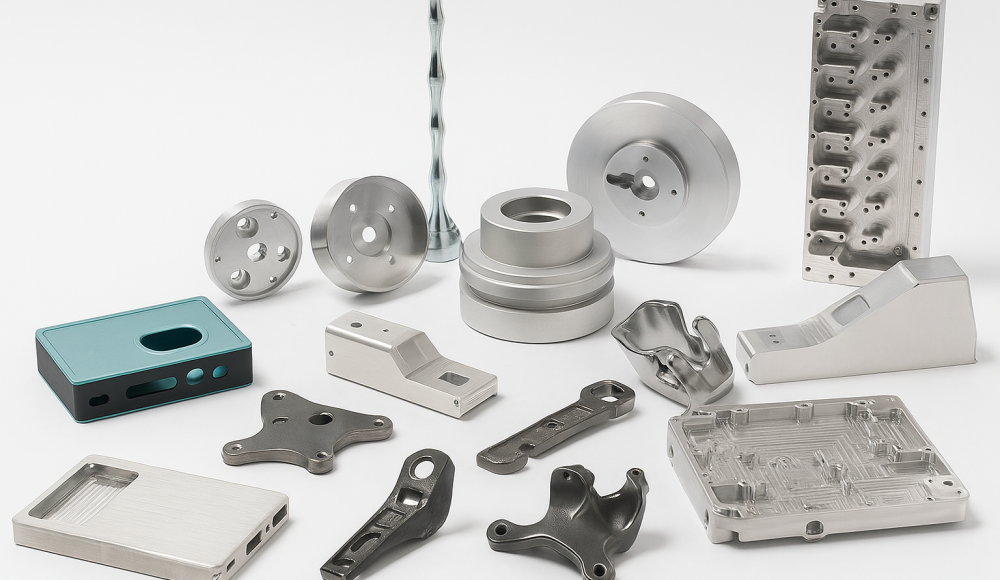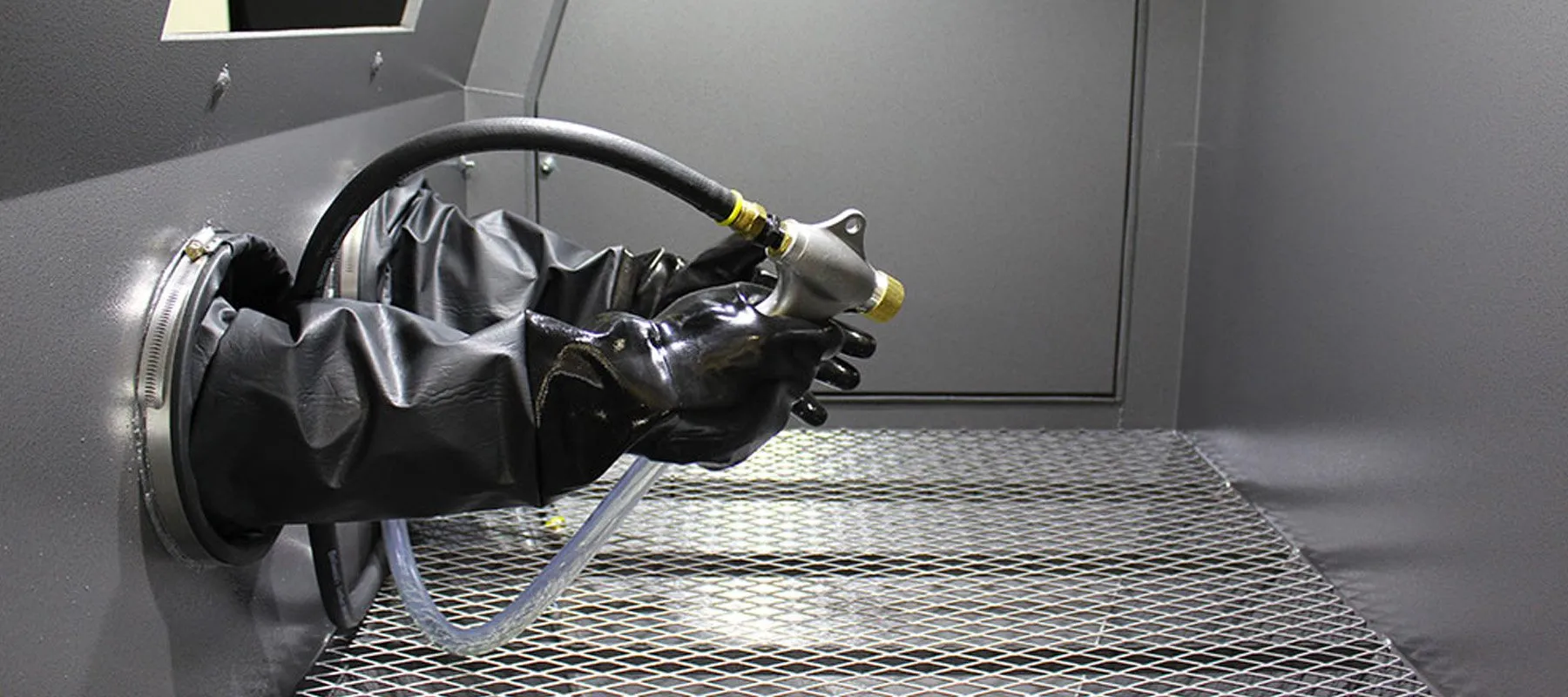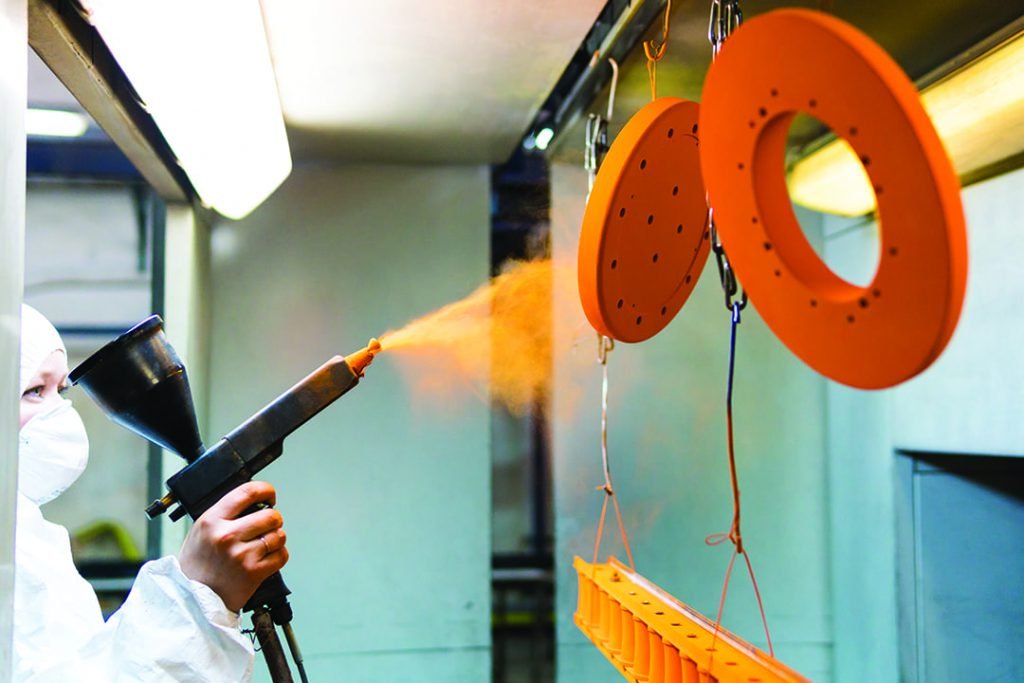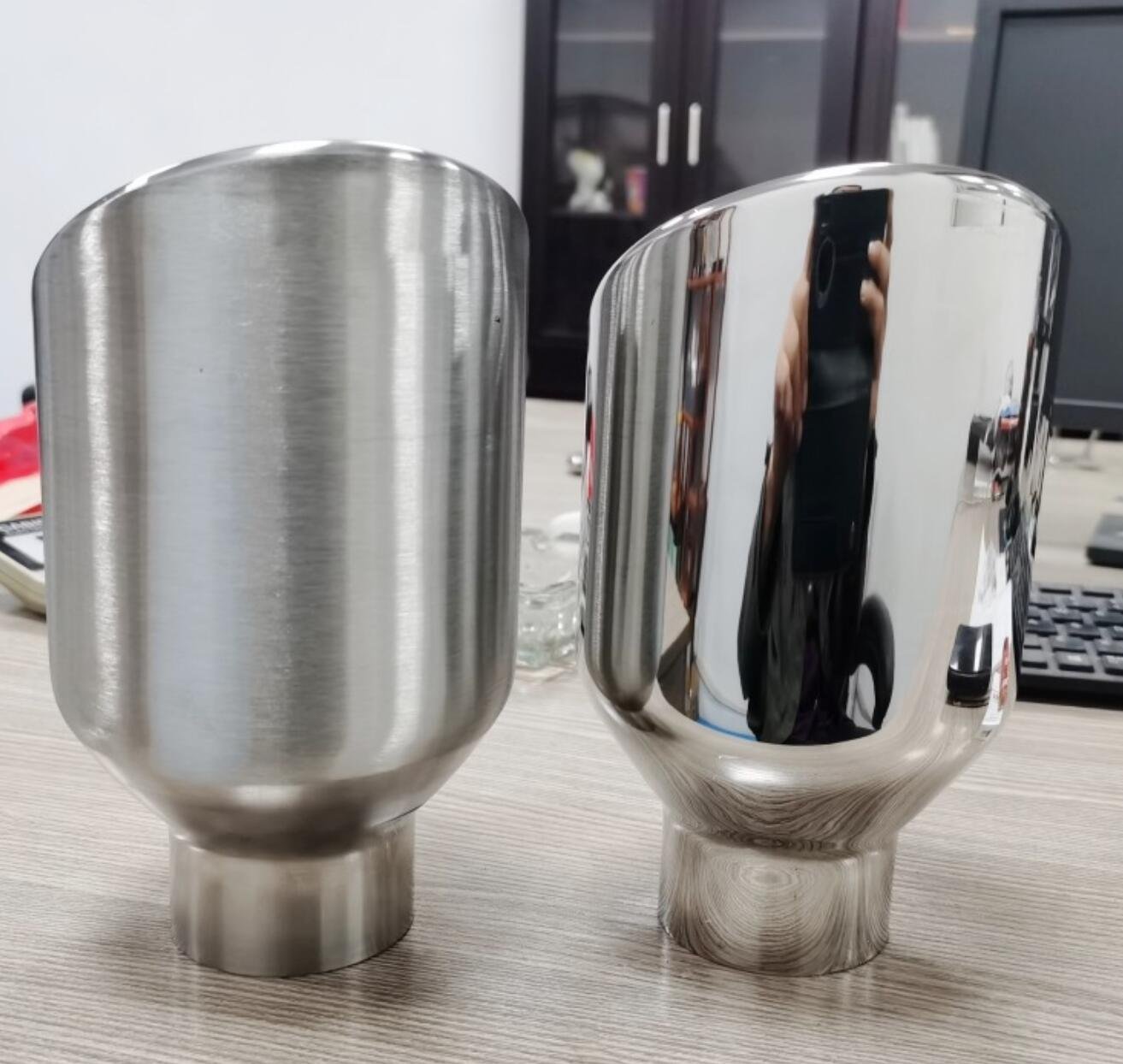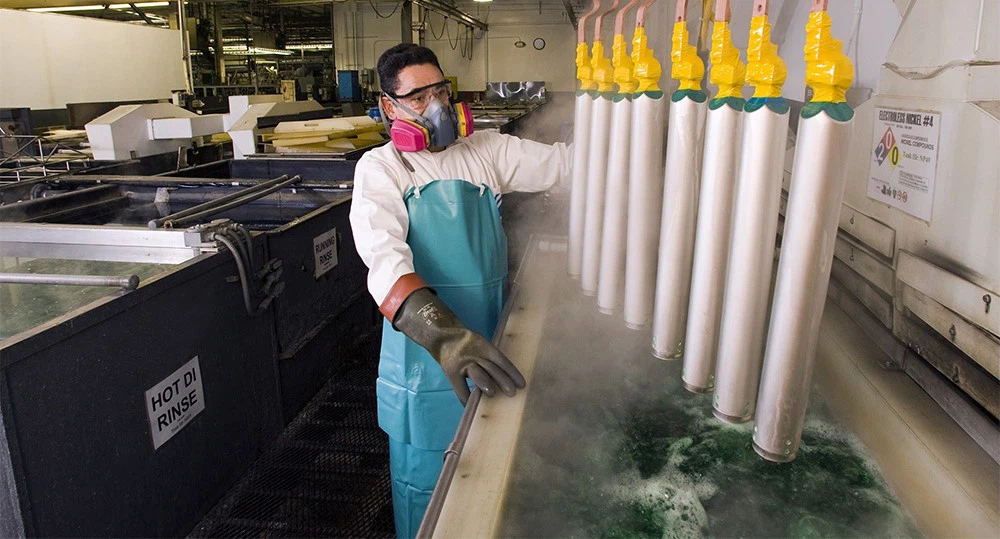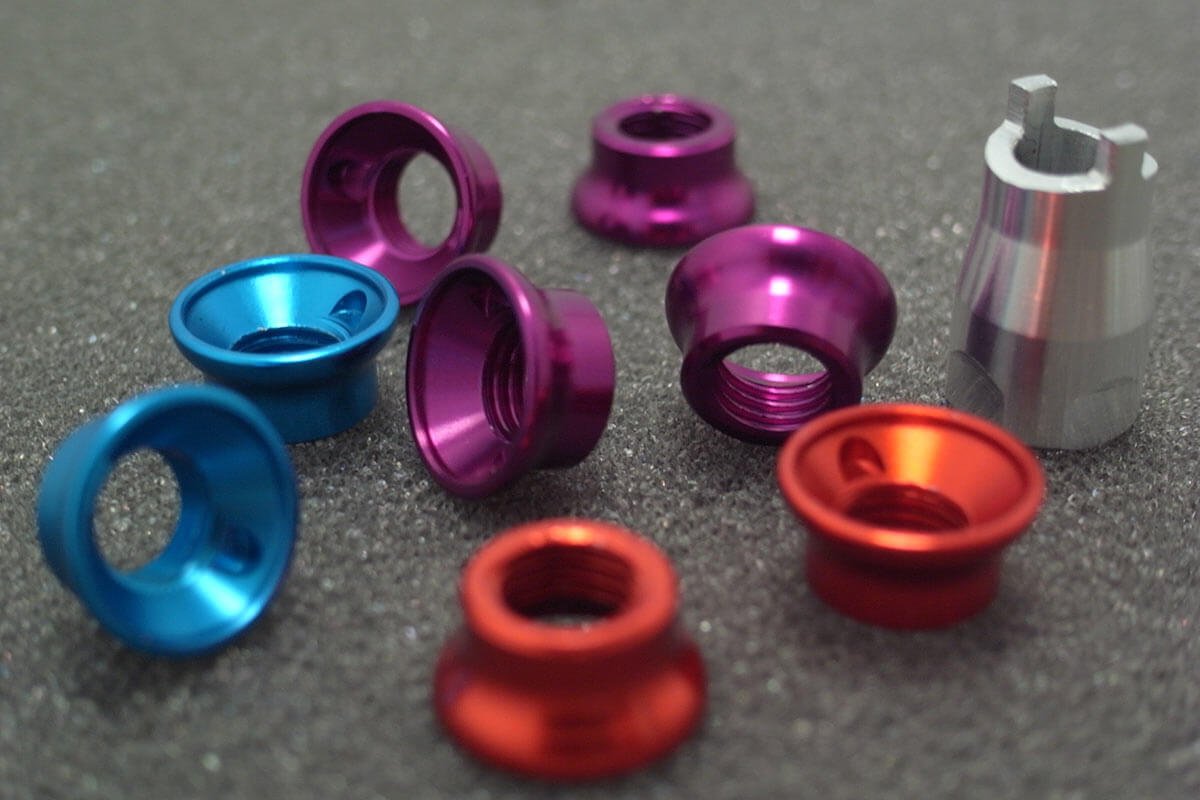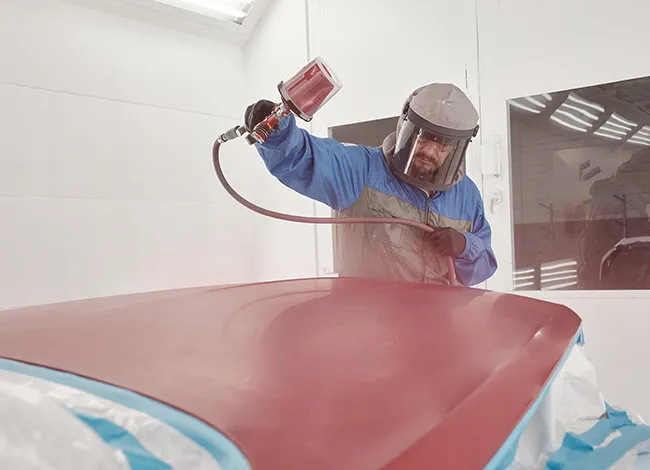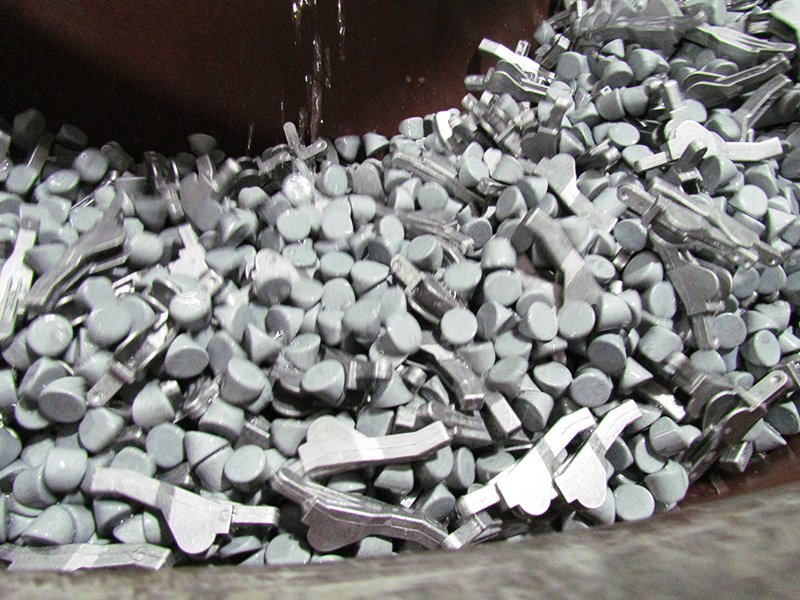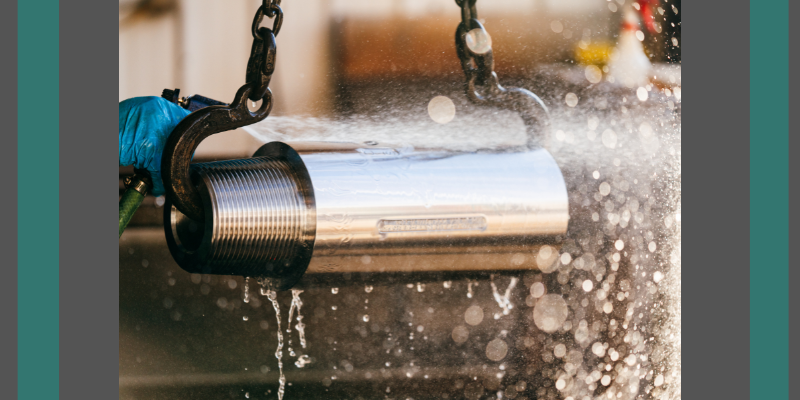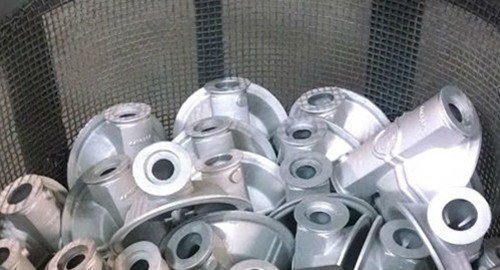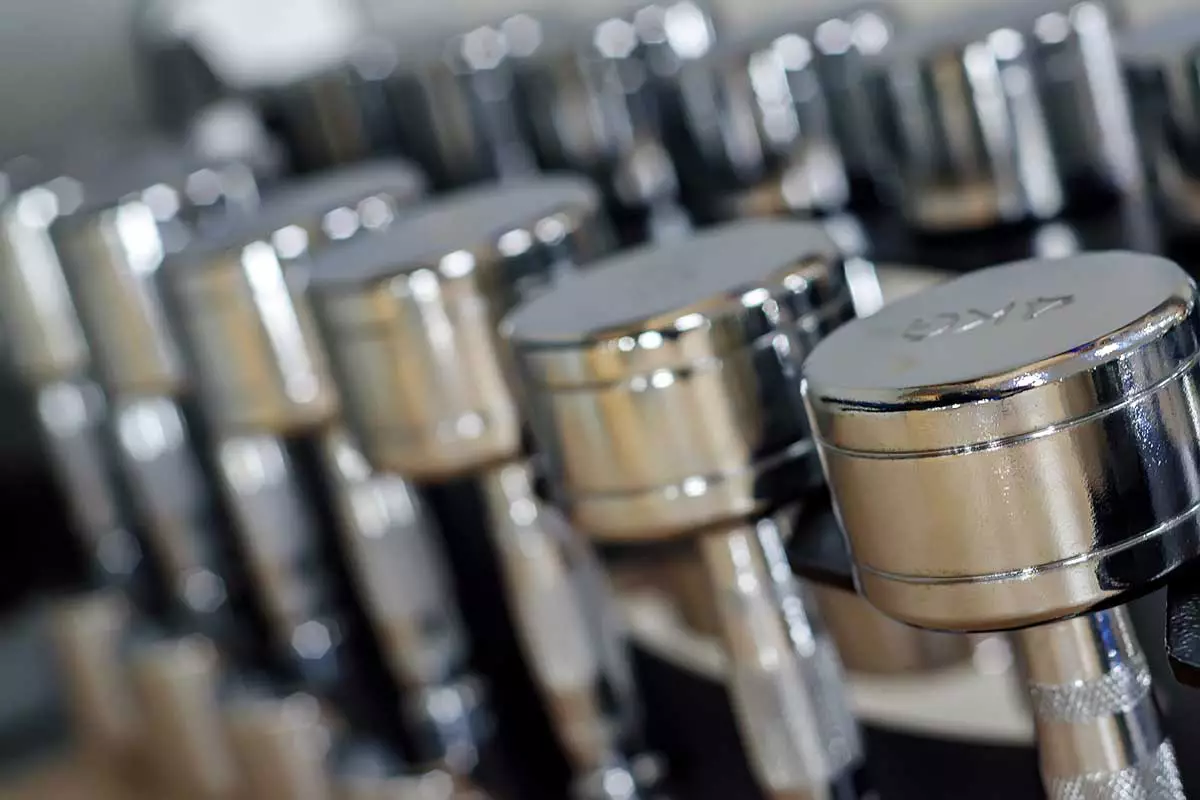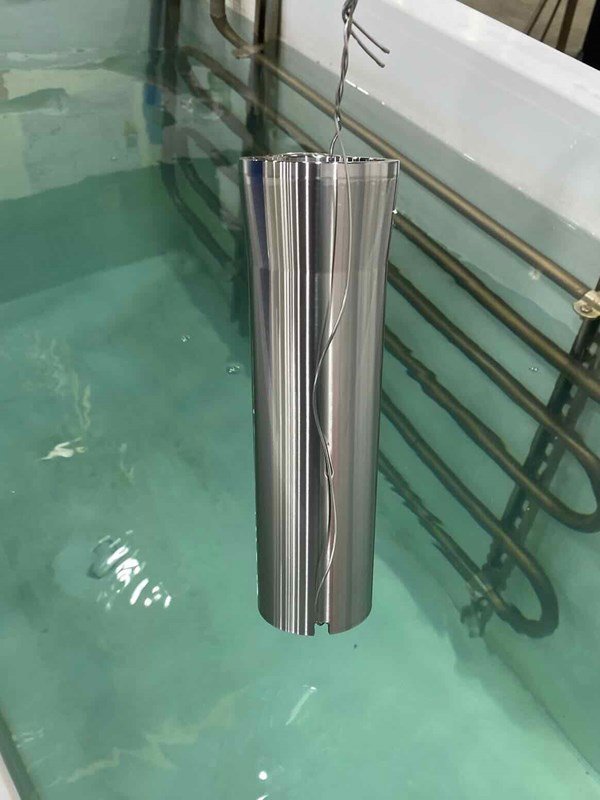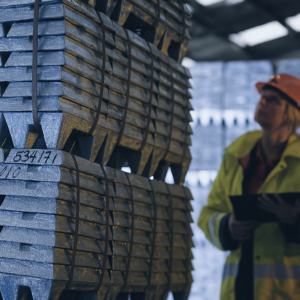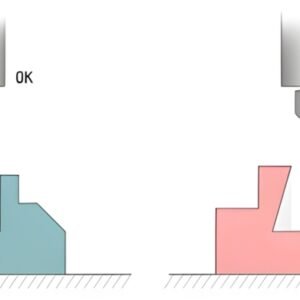يموت الصب is a highly efficient metal manufacturing process used to produce precise metal parts with complex geometries. لكن, the die-casting process alone does not always guarantee parts with the desired final surface appearance or properties. لذلك, applying the correct surface finish is critical to achieving functional, جمالي, and durable fabricated parts.
في هذه المقالة, we’ll deeply explore 13 types of surface finishes commonly used in die casting, highlighting their definitions, فوائد, suitable applications, and considerations.
Importance of Choosing the Right Surface Finish
Selecting the appropriate الانتهاء من السطح impacts the following critical properties:
متانة: Enhances corrosion resistance and prolongs part lifespan.
مظهر: Improves visual appeal and market value of components.
الوظيفة: Ensures suitability for specific applications and conditions.
Choosing an incorrect surface finish can lead to premature part failures, poor aesthetics, increased maintenance, والتكاليف غير الضرورية.
13 Types of Die Casting Surface Finishes
1. السفع الرملي (Abrasive Blasting)
Sandblasting involves forcibly propelling fine abrasive particles (على سبيل المثال, رمل, حبات زجاجية) onto the part surface under high pressure.
فوائد:
Uniform matte finish
Enhanced adhesion for coatings
Efficient removal of impurities and contaminants
التطبيقات:
مكونات السيارات والصناعية
Parts requiring high adhesion for painting or coating
2. مسحوق الطلاء
Powder coating is a dry finishing process involving applying electrostatically charged powdered pigments, followed by heat curing.
فوائد:
Excellent corrosion and chemical resistance
Durable and impact-resistant surface
Available in numerous colors and finishes
التطبيقات:
Automotive wheels and components
الأجهزة المنزلية, electronics casings, outdoor products
3. تلميع
Polishing removes microscopic imperfections through abrasive buffing, producing a smooth, سطح عاكس.
فوائد:
Mirror-like, high-quality aesthetic finish
Improved cleanability and reduced friction
التطبيقات:
تقليم السيارات, مجوهرات, الأجهزة الزخرفية, المعدات الطبية
4. تصفيح (الكهربائي & الطلاء بالكهرباء)
Plating involves depositing a thin layer of metal (النيكل, الكروم, ذهب, إلخ.) onto die cast parts through chemical or electrolytic means.
فوائد:
Enhanced corrosion protection and wear resistance
Improved electrical conductivity
ديكور, high-gloss appearance
التطبيقات:
Electronic components, قطع غيار السيارات, المباريات الزخرفية
5. أنودة
Anodizing creates a controlled oxide layer on aluminum alloy surfaces through electrolytic treatment.
فوائد:
Superior corrosion and wear resistance
Aesthetic appearance with various color options
Increased surface hardness
التطبيقات:
Architectural fittings, electronics enclosures, منتجات المستهلك
6. Electrophoretic Coating (E-coating)
E-coating utilizes electrical currents to deposit paint or resin onto conductive surfaces uniformly.
فوائد:
Excellent corrosion protection
Uniform and consistent coating thickness
Good chemical resistance and durability
التطبيقات:
Automotive chassis components, المعدات الصناعية, الآلات الثقيلة
7. تلوين
Painting involves applying liquid coatings via spray, brush, or dipping techniques to improve aesthetics and protective properties.
فوائد:
Cost-effective with extensive color options
Easy to repair or update finishes
التطبيقات:
المنتجات الاستهلاكية, automotive body parts, الأجهزة, أثاث
8. Vibratory Deburring
This process removes burrs and sharp edges using vibrating equipment with abrasive media.
فوائد:
Efficient deburring without manual labor
Consistent and uniform surface finish
Improved safety and handling
التطبيقات:
Small to medium die-cast automotive parts, التروس, مهمات الربط, الموصلات
9. Parkerizing (Phosphating)
Parkerizing involves chemically coating steel parts with phosphate solutions to create a robust corrosion-resistant layer.
فوائد:
Cost-effective corrosion protection
Improved adhesion for subsequent coatings or paints
Durable matte-black finish
التطبيقات:
الأسلحة النارية, automotive suspension components, heavy-duty industrial equipment
10. طلاء النيكل اللاكهربائي
Electroless nickel plating deposits nickel-phosphorus alloy layers chemically, without external electricity.
فوائد:
Uniform thickness distribution, even on complex shapes
Excellent wear and corrosion resistance
Increased hardness and lubricity
التطبيقات:
مكونات الفضاء الجوي, industrial valves, precision automotive parts
11. Impregnation
Impregnation involves sealing microscopic porosities in die-cast parts using vacuum-assisted polymer sealants.
فوائد:
Enhanced leak-proof properties for high-pressure components
Improved structural integrity and longevity
Reduced porosity-related defects
التطبيقات:
Hydraulic pumps, كتل محرك السيارات, fluid containment components
12. ترسب البخار المادي (PVD)
PVD is an advanced vacuum-based coating method vaporizing metals or ceramics onto substrates, forming ultra-thin and highly durable coatings.
فوائد:
Superior wear and scratch resistance
Excellent aesthetic finish with various colors
High hardness and chemical resistance
التطبيقات:
Luxury automotive parts, أدوات القطع, المباريات الزخرفية, الأدوات الطبية
13. التخميل
Passivation chemically enhances stainless steel’s inherent corrosion resistance by removing surface iron contaminants.
فوائد:
Improved natural corrosion resistance
Cleaner and smoother stainless steel surface
Safer for applications in hygienic environments
التطبيقات:
معدات تجهيز الأغذية, أجهزة طبية, pharmaceutical machinery
Factors Influencing Die Casting Surface Finish
Several key factors influence the outcome of die casting surface finishes:
نوع المادة: Specific finishes are best suited to particular alloys or metals.
Die and Mold Quality: High-quality molds ensure consistent and smooth surfaces.
Casting Parameters: التحكم في درجة الحرارة, injection pressure, and cooling rates directly affect surface quality.
Post-processing Methods: Proper selection and execution determine the final surface characteristics.
How to Improve Die Cast Surface Finish
Improving surface finishes involves:
صيانة العفن: Regularly clean and maintain molds to avoid imperfections.
Controlled Casting Conditions: Optimize temperature and injection parameters.
Use Appropriate Post-processing Techniques: السفع الرملي, تلميع, أنودة, and others as required.
Design Optimization: Design parts to reduce complexity and minimize surface imperfections.
خاتمة
Clearly understanding the variety of available surface finishing methods is crucial in achieving die-cast parts with optimal aesthetics, متانة, and functional performance. Selecting the appropriate finish according to the application requirements will significantly enhance product quality and customer satisfaction.
Consulting with professional die-casting specialists further ensures you select the ideal finishing processes tailored to your specific manufacturing needs.
الأسئلة الشائعة
س1: What is a Die Casting Surface Finish Chart?
A reference tool showing different finishes, their characteristics, مواد مناسبة, والتطبيقات, assisting manufacturers in selection.
Q2: What is Typical Surface Roughness in Die Casting?
Roughness typically ranges from 1 ل 5 µm depending on alloy, casting methods, and chosen finishes.
س3: Does Die Casting Naturally Produce Good Surface Finishes?
Die casting alone provides decent surface quality, but post-processing finishes typically are needed to achieve enhanced aesthetics and functional properties.
س 4: How Can Surface Finish Be Improved in Die Casting?
By optimizing mold designs, controlling casting processes, and employing post-processing methods like polishing, تصفيح, أو طلاء.
س5: What Factors Affect Die Cast Surface Finish Quality?
نوع المواد, mold temperature, die design, casting process controls, and chosen surface treatments.

